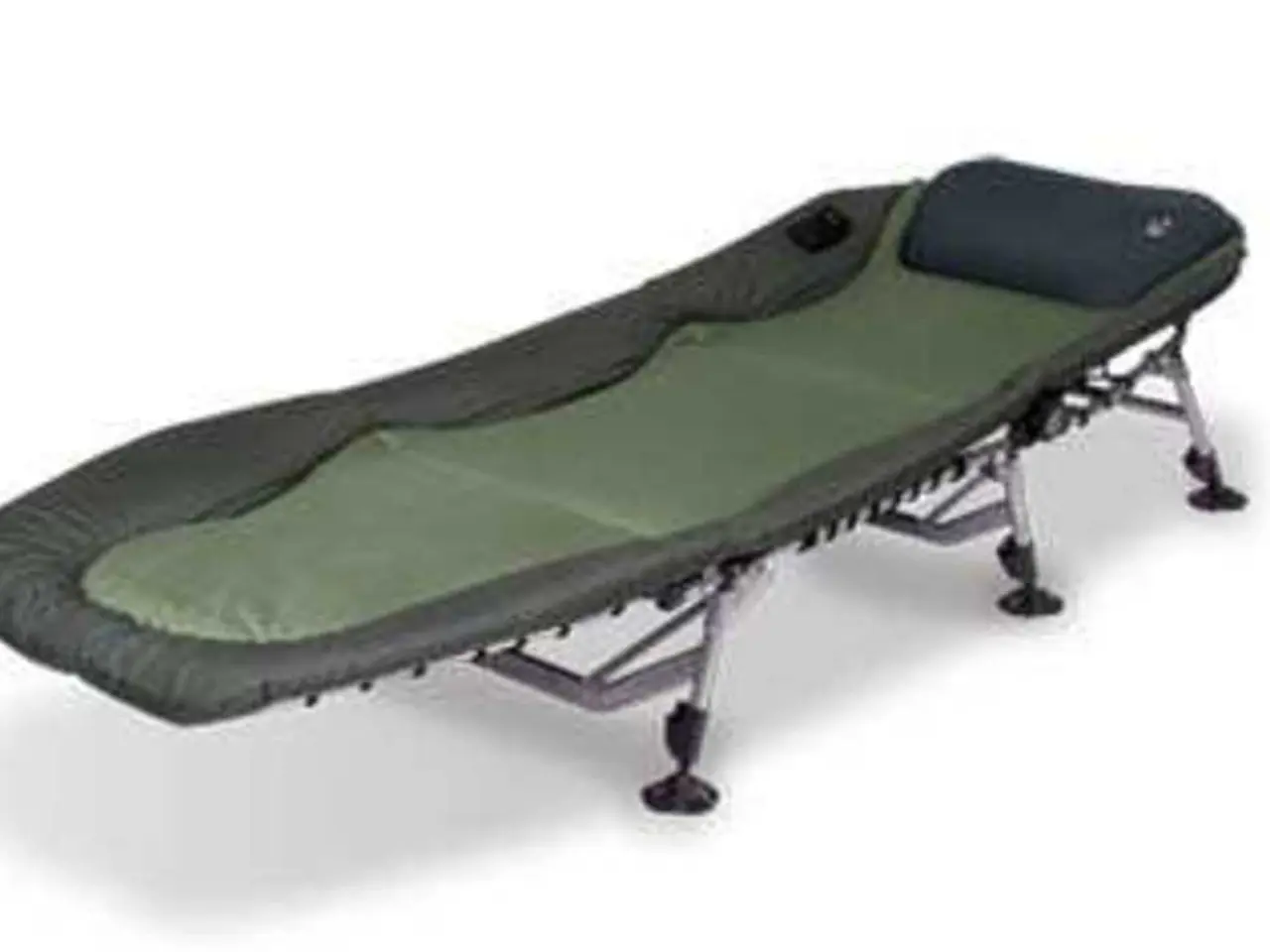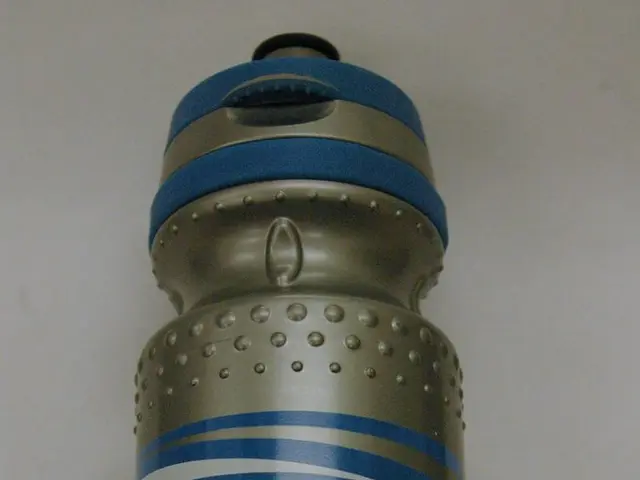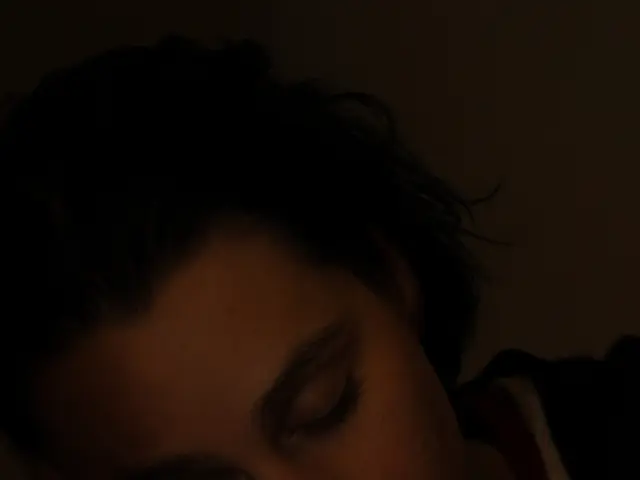Instant and Lasting Relief Strategies for Restless Leg Syndrome
Restless Legs Syndrome (RLS), a condition that causes uncomfortable sensations in the legs, can be managed effectively with a combination of lifestyle adjustments, medications, and identifying underlying causes.
## Lifestyle Adjustments Establishing a regular sleep pattern and creating a calming bedtime environment are crucial in managing RLS symptoms. Regular light exercise, such as walking or stretching, can also help alleviate symptoms. It's recommended to avoid or limit intake of caffeine, alcohol, and nicotine, as these substances can exacerbate symptoms.
## Medications Iron supplements are often recommended for people with RLS who are deficient in iron. Dopamine Agonists (DAs), which mimic the action of dopamine in the brain, are commonly used for RLS treatment. For severe cases, medications like Gabapentin and opioids may be prescribed, though opioids are used cautiously due to the risk of dependency.
## Other Therapies Repetitive Transcranial Magnetic Stimulation (rTMS) is an innovative non-drug therapy that can reduce nerve hyperactivity associated with RLS. Relaxation techniques, such as warm baths, leg massages, and the use of heating pads or ice packs, can provide relief and improve sleep quality.
## Identifying Underlying Causes Managing conditions like diabetes, kidney disease, and peripheral neuropathy can help alleviate RLS symptoms. Understanding genetic predispositions can help in managing expectations and treatment plans.
A personalised approach, working closely with healthcare providers to find the most effective combination of treatments, is key to long-term management of RLS symptoms. Treating underlying health conditions may help to reduce the severity and frequency of RLS symptoms.
For immediate relief from RLS symptoms, people can try moving their legs, performing gentle calf stretches, wearing compression socks or leg wraps, applying hot or cold compresses to their legs, taking a hot bath, or using hot or cold packs on their legs.
The symptoms of RLS can range from mild to severe, and in extreme cases, may significantly disrupt a person's day-to-day life. The National Health Service (NHS) in the United Kingdom notes that people should avoid exercising close to bedtime, as this could make RLS symptoms worse. Benzodiazepines, a type of sedative medication, may be prescribed to help a person with RLS achieve more restful sleep.
RLS affects between 5-15% of the general Saudi population. It's important for those affected to seek professional help and work with their healthcare provider to find the best management strategies for their individual needs.
- Science is continually exploring new predictive models for mental health conditions like depression, which may aid in early intervention and management strategies.
- Health-and-wellness initiatives in the workplace, such as fitness-and-exercise programs and mental-health support, can contribute significantly to employee well-being and productivity.
- Skin-care routines can indirectly influence overall health and wellness by promoting healthy blood flow, which is important for various bodily functions, including managing Restless Legs Syndrome (RLS).
- Therapies-and-treatments for Alzheimer's disease are under development, with the goal of slowing the progression of the disease and improving patient quality of life.
- Nutrition plays a vital role in managing RLS symptoms, as certain foods and nutrients can trigger or exacerbate symptoms, while others may help alleviate them.
- Medicare coverage for RLS treatment may include iron supplements, medications like Dopamine Agonists, and other approved therapies to help manage symptoms and improve patients' quality of life.
- Predictive analytics in the field of health-and-wellness can help identify individuals at risk for conditions like RLS and other chronic health issues, allowing for early intervention and personalized treatment plans.




